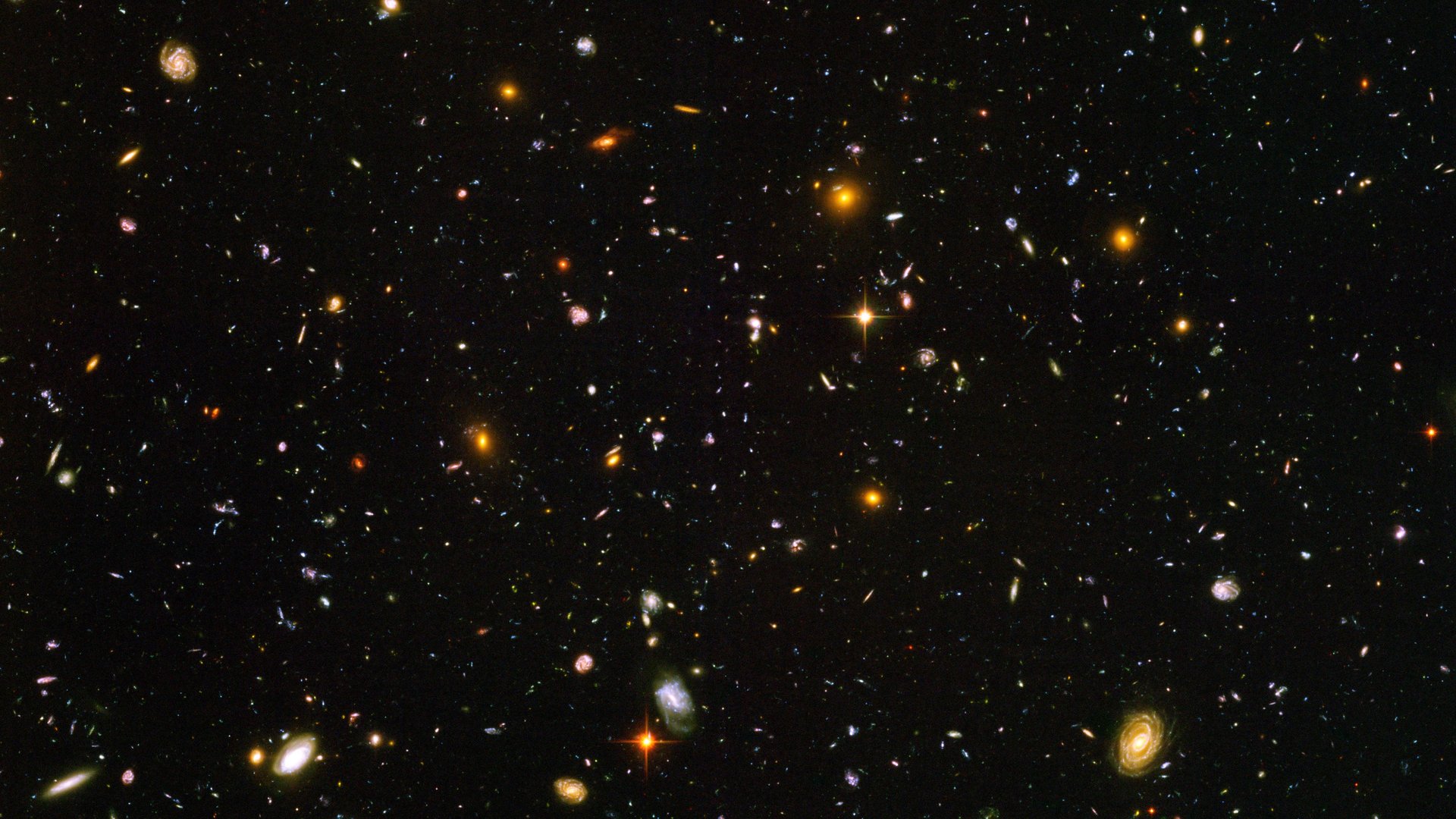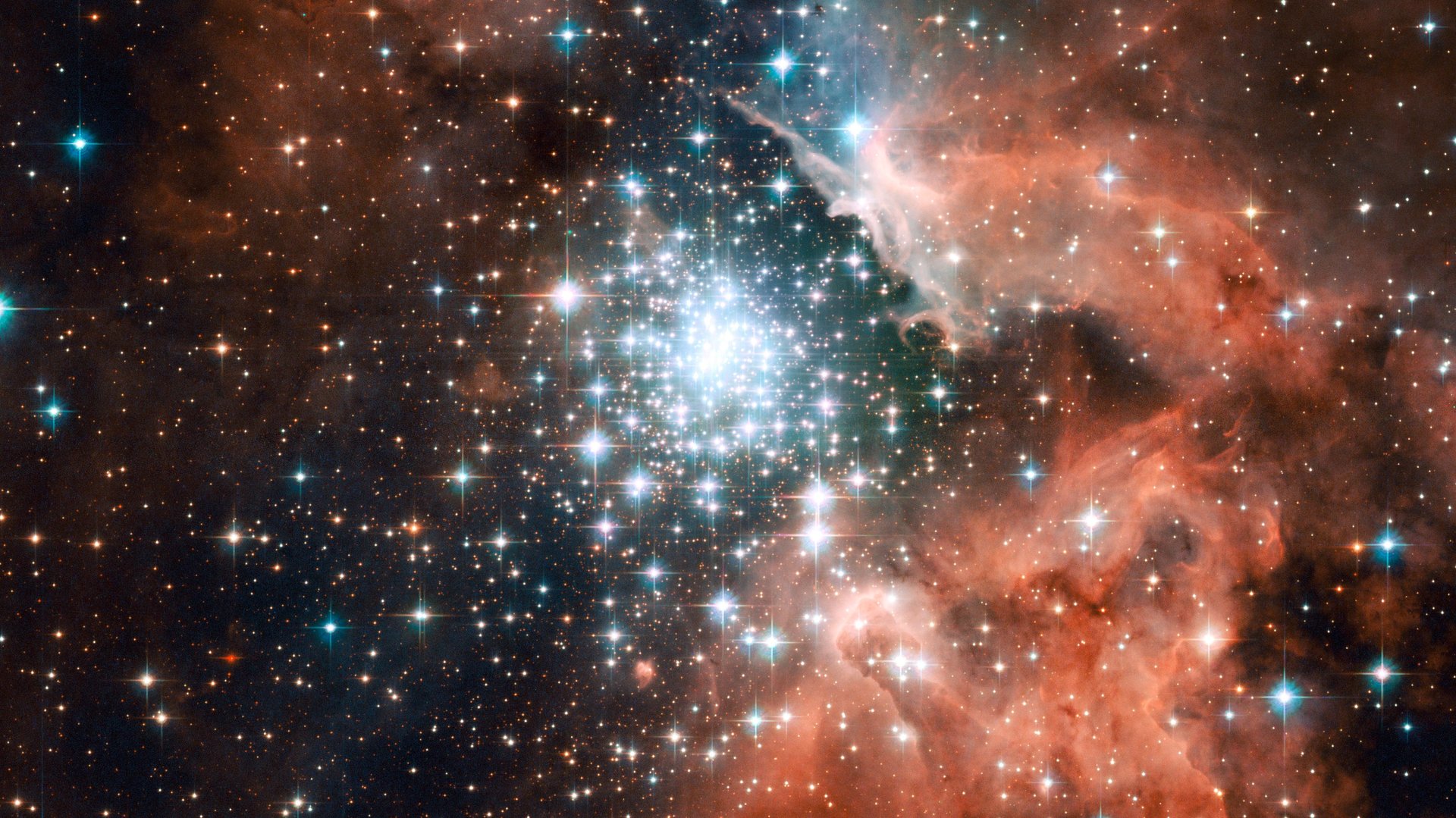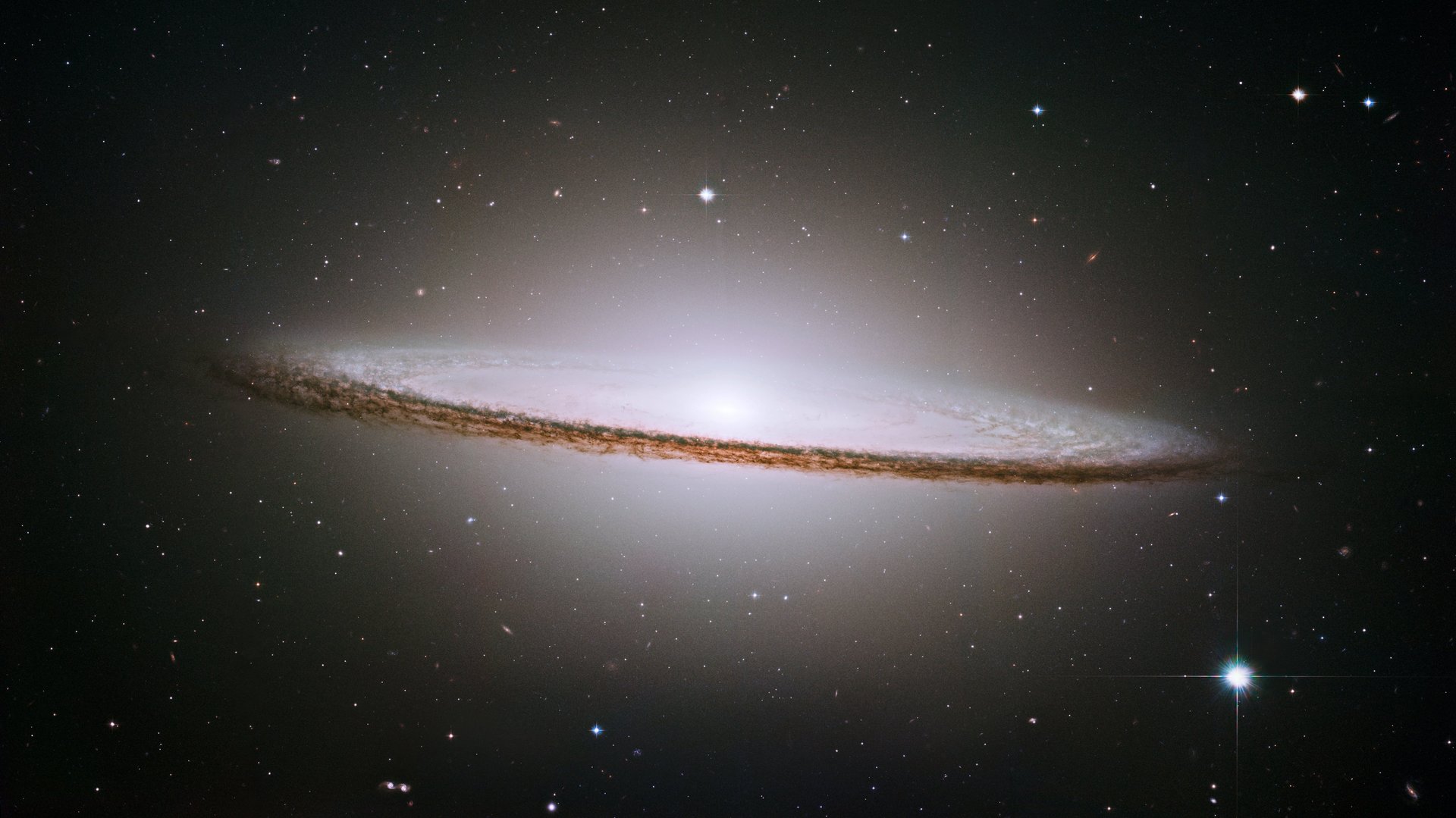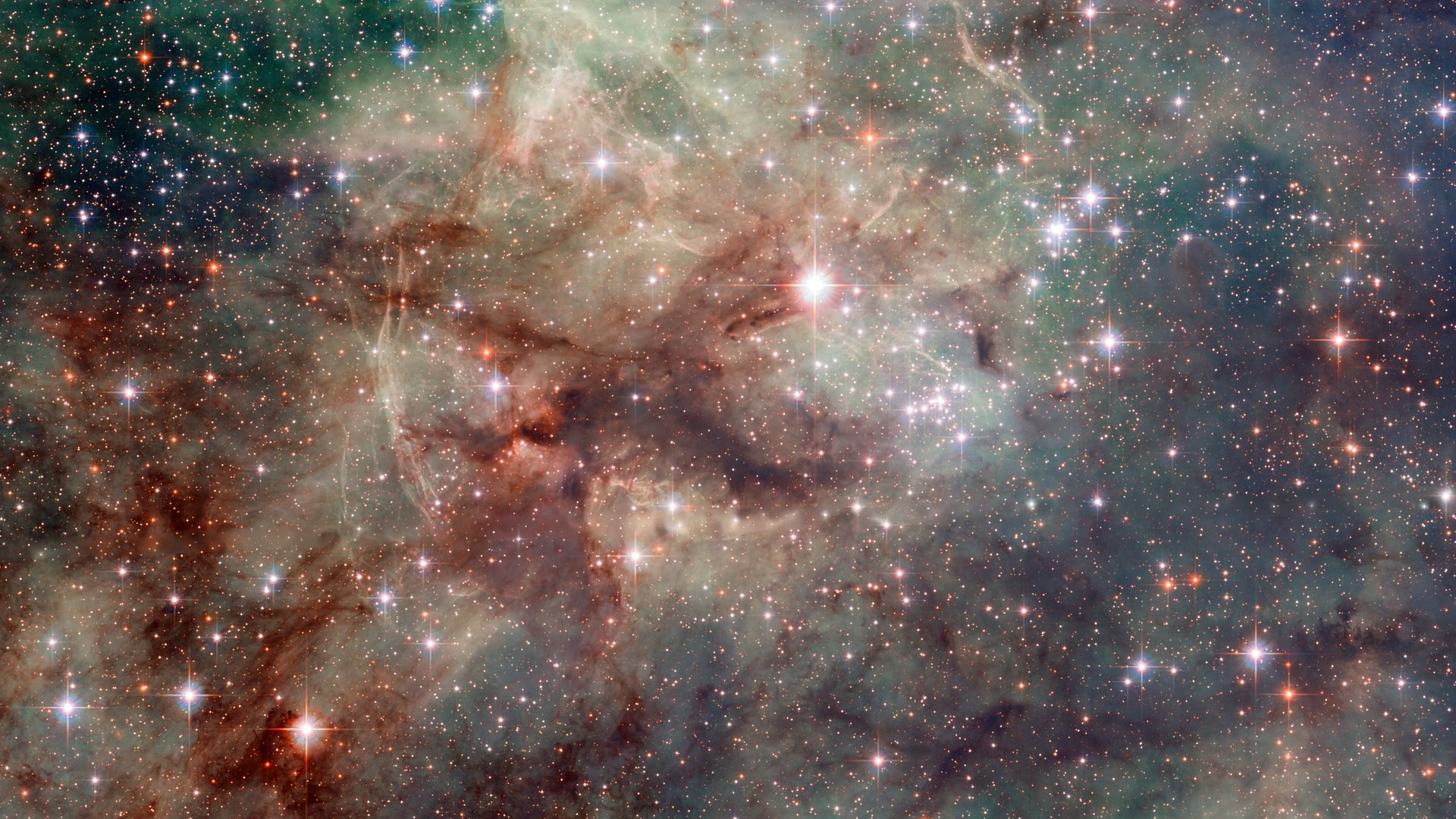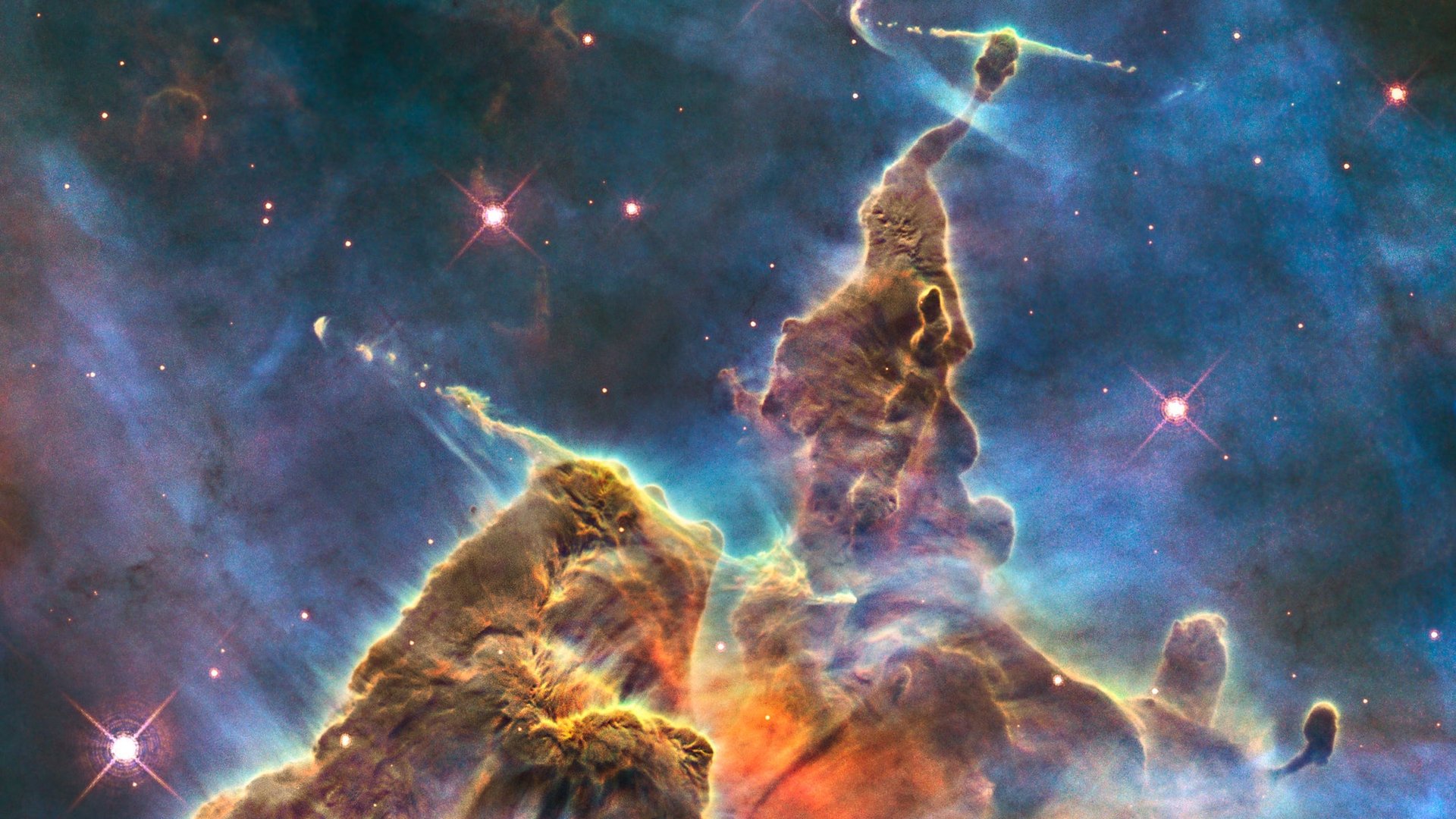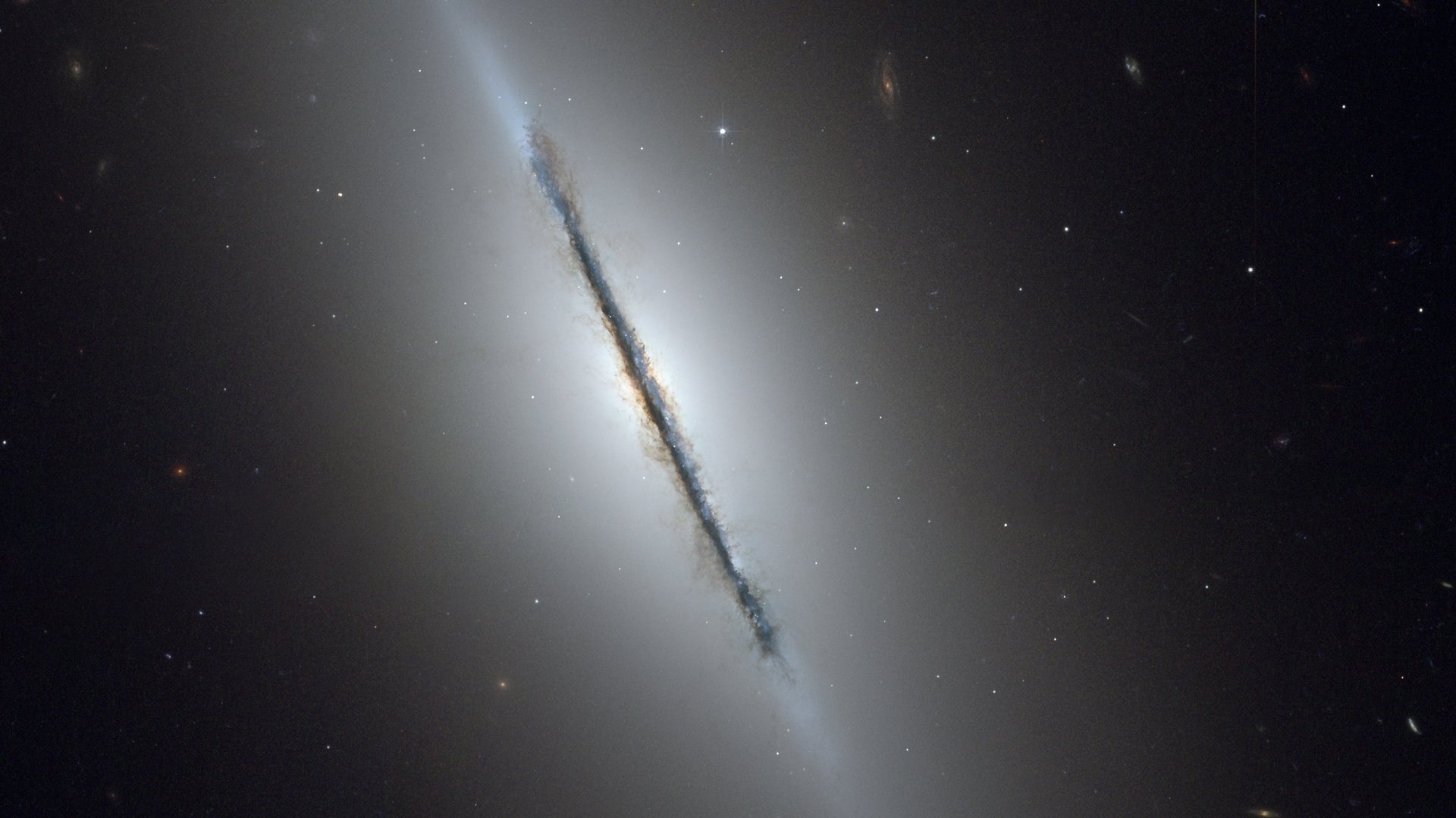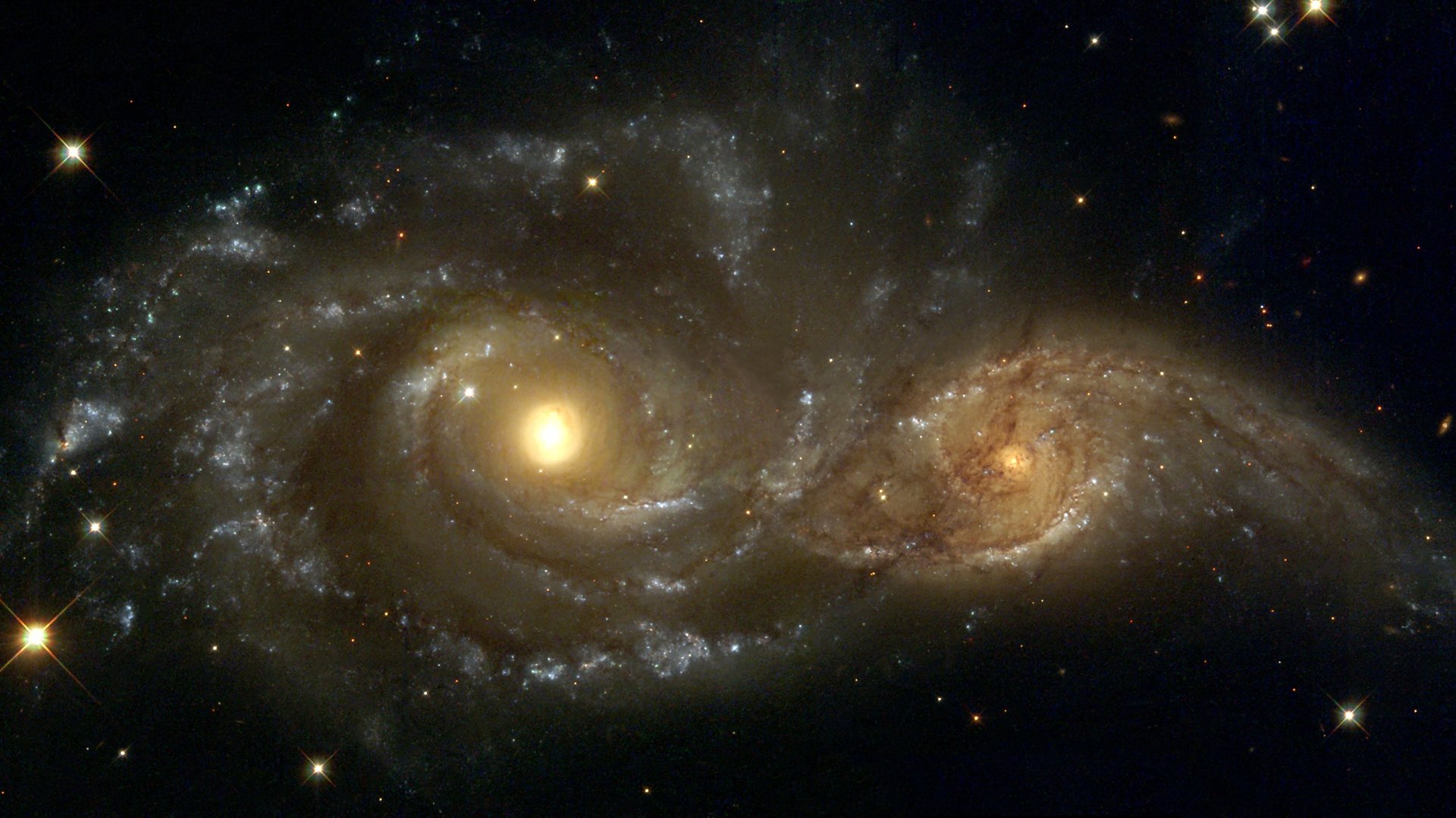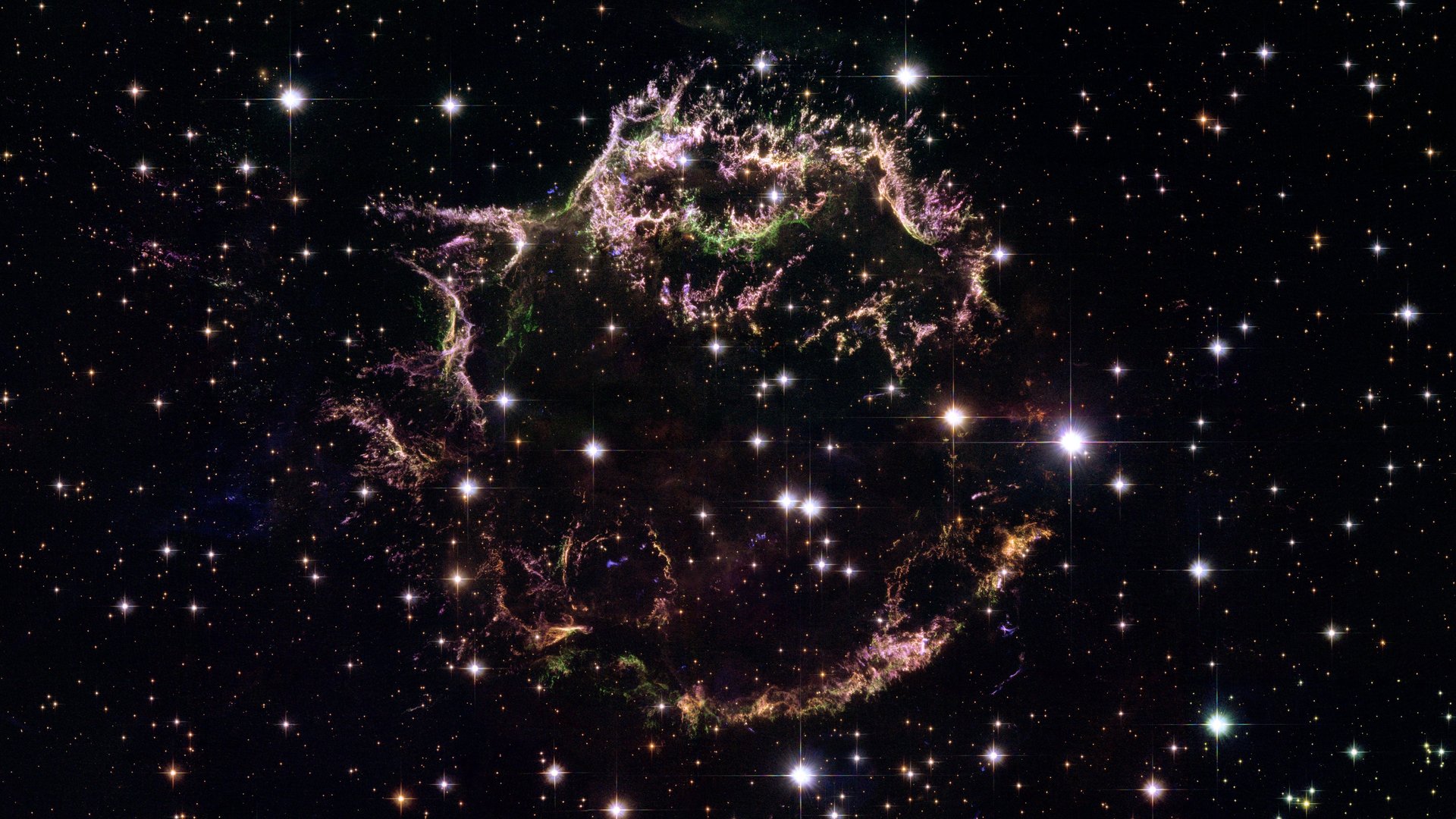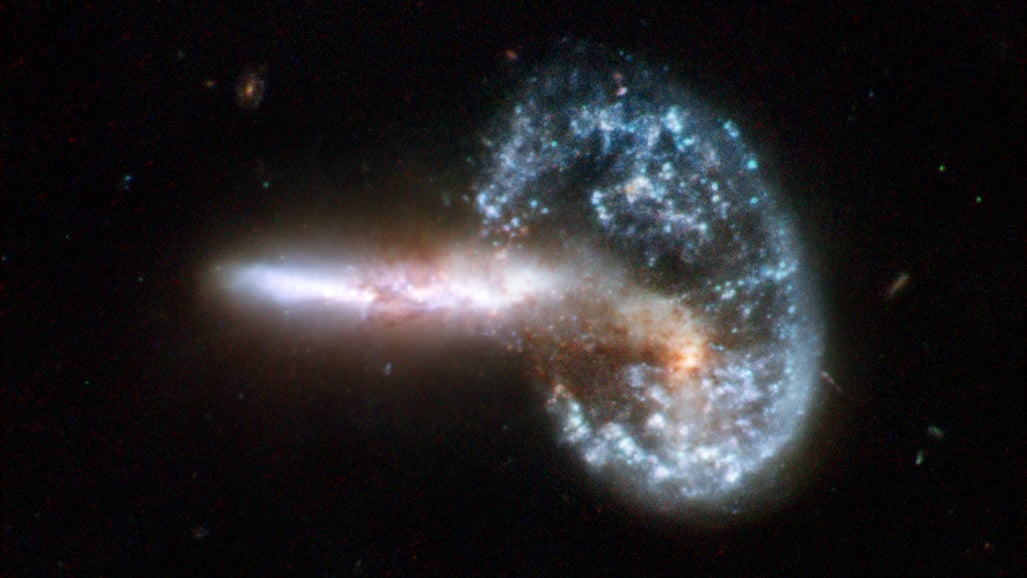Photos: The Hubble Space Telescope is 26 years old and still blowing our minds
This weekend marks the 26th anniversary of the Hubble Space Telescope’s ride into orbit on the space shuttle Discovery. Despite its age and storied history, the Hubble continues to be a crucial tool for astronomers. It also continues to absolutely blow our minds with jaw-dropping pictures of deep space.
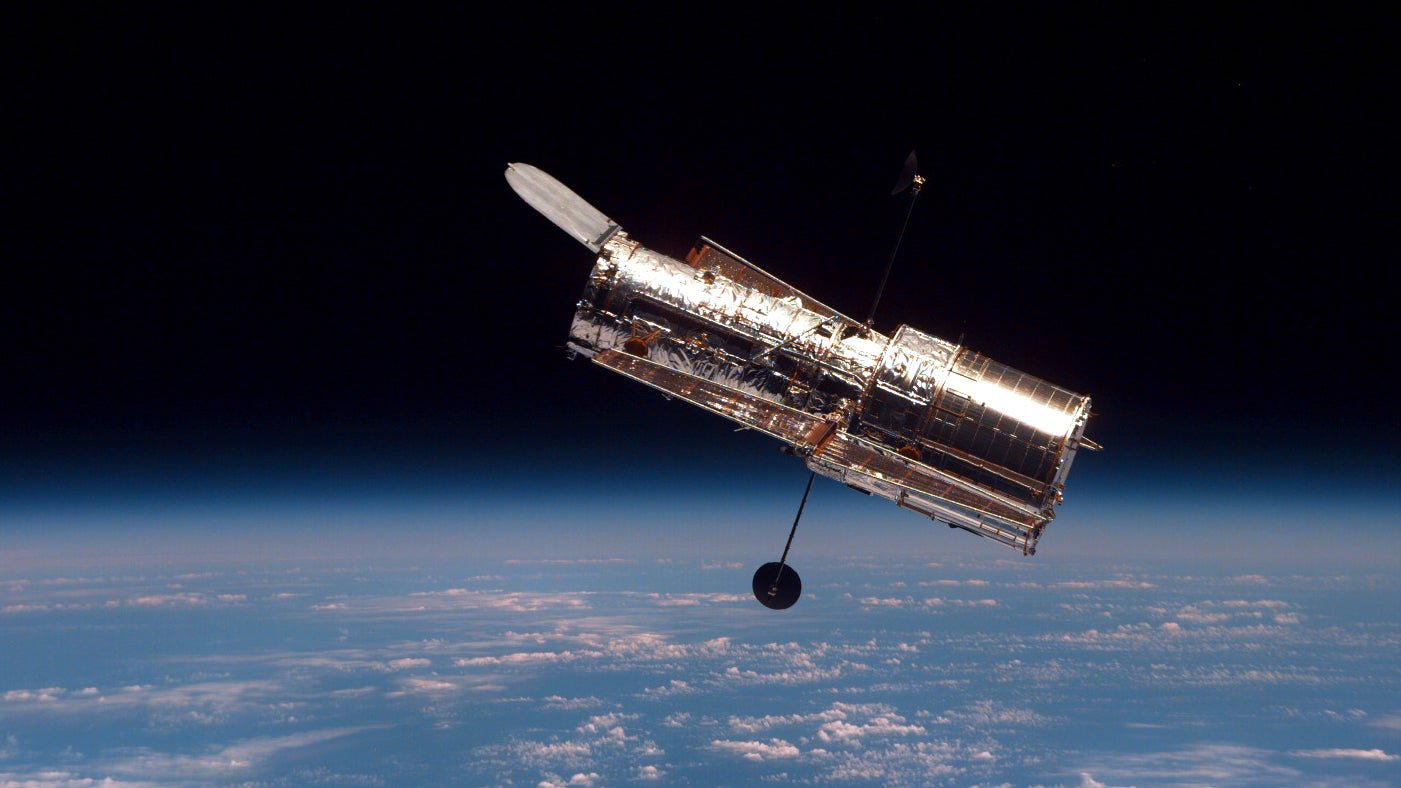

This weekend marks the 26th anniversary of the Hubble Space Telescope’s ride into orbit on the space shuttle Discovery. Despite its age and storied history, the Hubble continues to be a crucial tool for astronomers. It also continues to absolutely blow our minds with jaw-dropping pictures of deep space.
To celebrate the anniversary, Hubble scientists published a new picture of NGC 7635, better known as the Bubble Nebula. This is the first-ever Hubble image of the entire nebula and was created by stitching together four separate images.
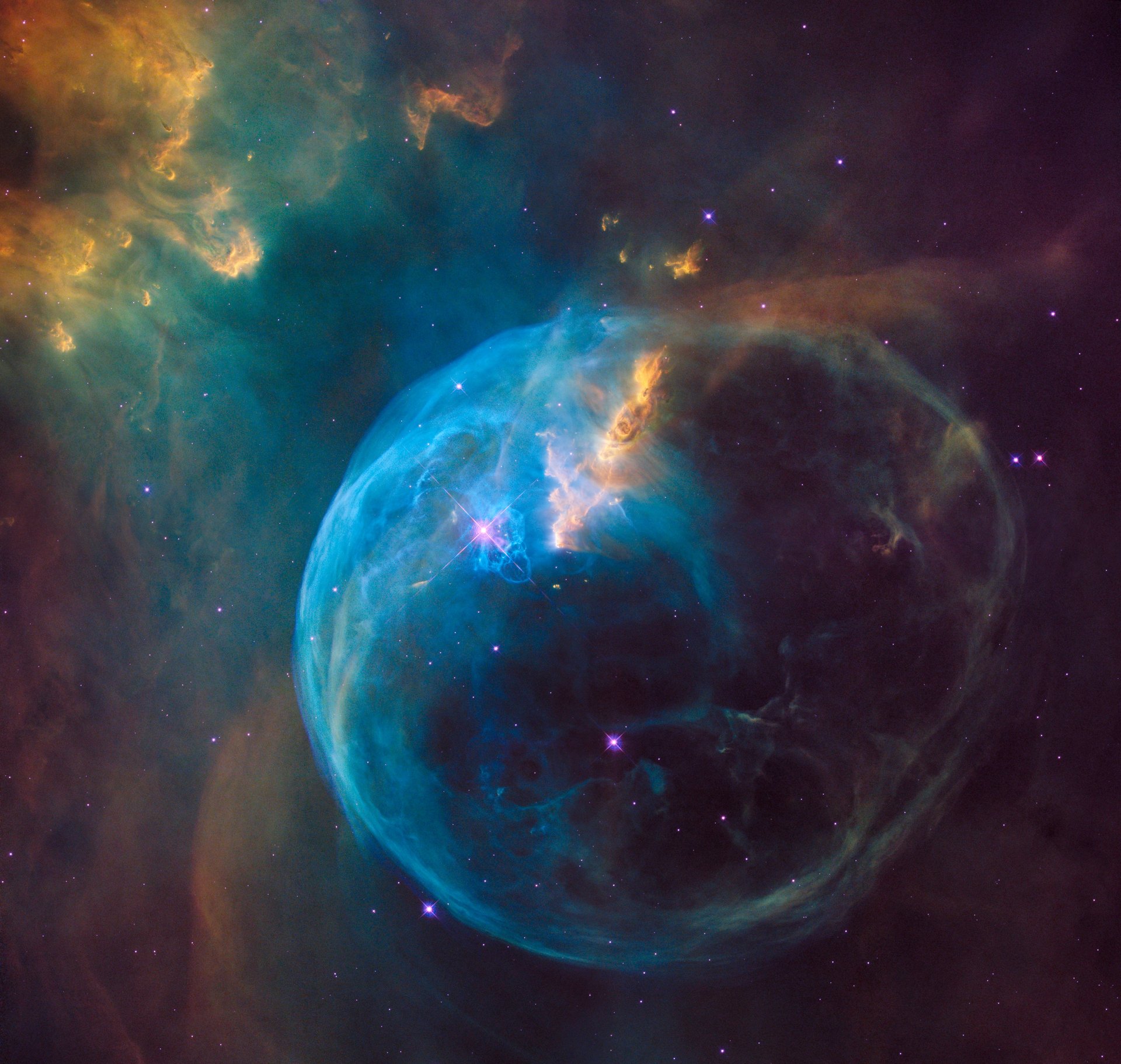
The Hubble won’t always be the most advanced telescope in orbit. Its successor, the James Webb Space Telescope, will launch in 2018. Another future telescope, scheduled for the mid-2020s, would have the same precision as the Hubble, but 100 times the field of view. Even with those technical advances, it’s a safe bet that scientists will continue making discoveries with the Hubble as long as it continues to beam stunning photos back to Earth.
Here are some of our favorite Hubble images from over the years:
